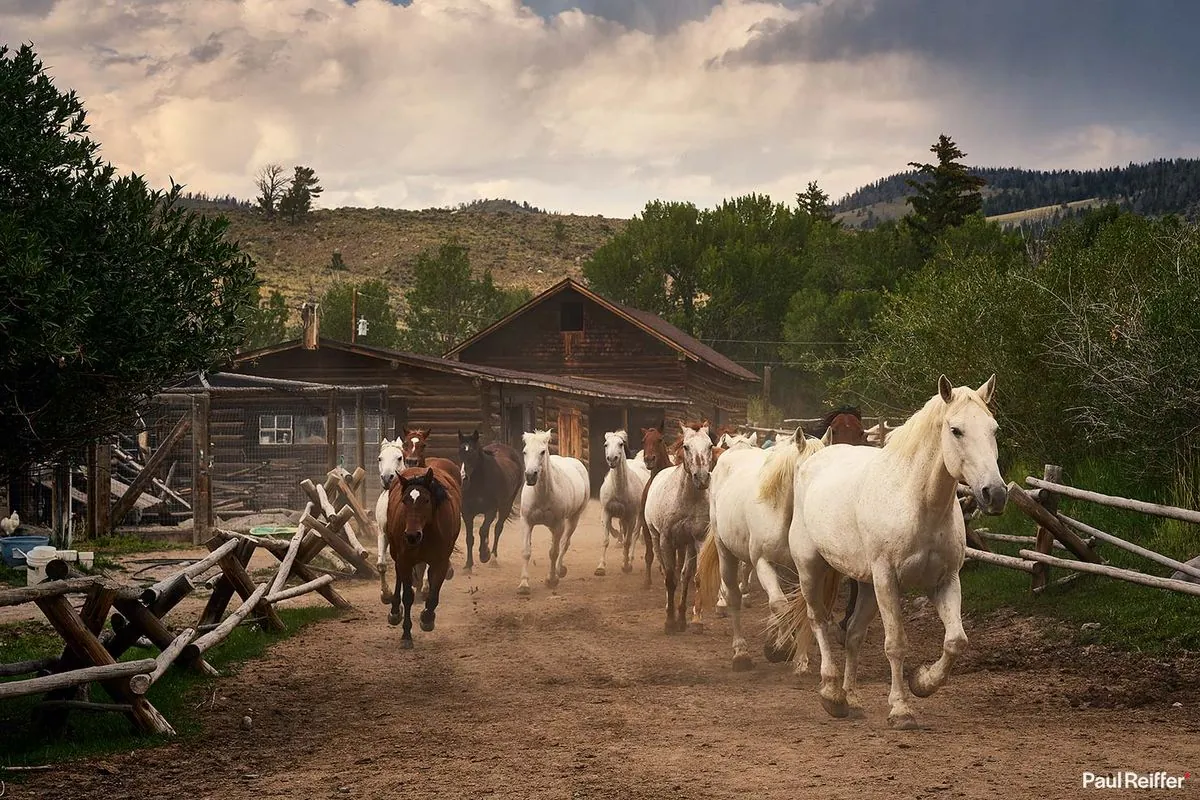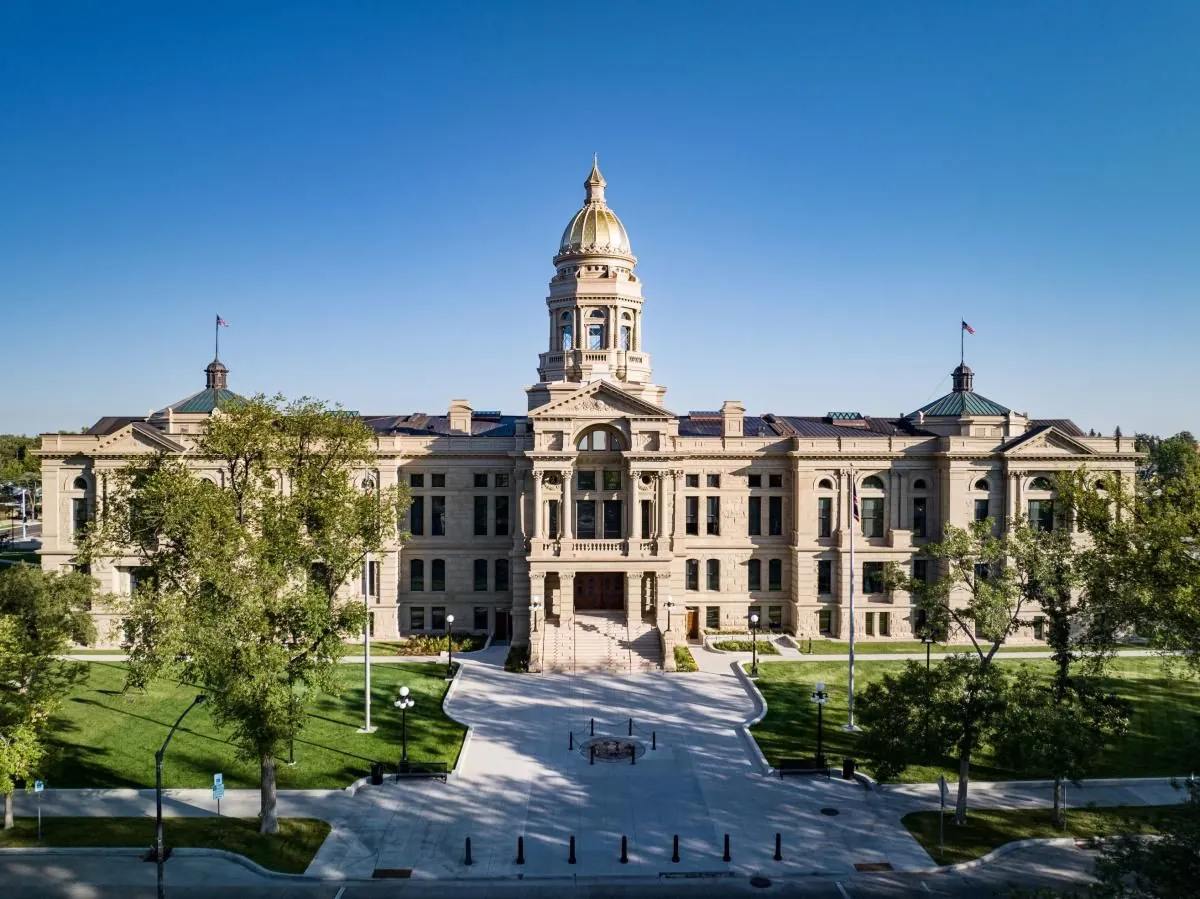Wyoming's Niobrara County: A Democratic Stronghold Fades in Rural America
In Wyoming's least populous county, Democrats face near extinction as new laws complicate party affiliation. With only 32 registered Democrats, Niobrara County reflects broader rural trends.

In the vast, sparsely populated expanses of Niobrara County, Wyoming, a political shift is underway that mirrors trends across rural America. With just 32 registered Democrats in the county, the party's presence has dwindled to a mere 2.6% of registered voters, marking it as the most Republican-dominated county in states tracking local party affiliation.
Becky Blackburn, one of the few remaining Democrats in the area, embodies the challenges faced by her party in this conservative stronghold. Despite her minority status, Blackburn has managed to maintain a presence in local politics, serving nine years on the Lusk Town Council.
"Normally I just roll my eyes and walk away because I'm fighting a losing battle and I'm fully aware of that. Maybe that is why I'm well-liked, because I keep my mouth shut 10 times more than I want to."
The political landscape in Niobrara County has undergone significant changes over the past two decades. In 2004, there were 139 registered Democrats in the county, a number that has since decreased by over 75%. This decline reflects a broader trend across Wyoming and rural America, where the Democratic Party has been losing ground for years.
Wyoming's political history adds context to this shift. The state was the first to grant women the right to vote in 1869, long before it achieved statehood in 1890. However, in recent years, Wyoming has consistently voted Republican in presidential elections, maintaining the longest current streak of any state since 1968.
The state legislature recently passed a law prohibiting voters from changing their party affiliation in the three months preceding the August primary. This move, aimed at preserving the "sanctity of Wyoming's primary process," according to Republican Secretary of State Chuck Gray, has further complicated the political landscape for Democrats.

The upcoming primary election on August 20, 2024, will be the first under this new law. For Democrats in Niobrara County, options will be limited, with no party members running for local offices or even party positions.
Despite these challenges, some Democrats, like former state representative Ross Diercks, have found ways to navigate the political terrain. Diercks, who served 18 years in the legislature, attributes his success to personal connections with voters and staying informed on issues.
The situation in Niobrara County reflects broader trends in rural America. Nationwide, Democrats account for fewer than 3% of voters in three counties this year, a slight increase from 2020 but a decrease from 2016. This contrasts sharply with the most Democratic areas, which tend to be less one-party dominant.
As the political landscape continues to evolve, the experiences of Democrats in places like Niobrara County offer insights into the challenges and complexities of maintaining political diversity in rural America. The story of this small Wyoming county serves as a microcosm of larger national trends, highlighting the ongoing shifts in party affiliation and political engagement across the country.


































